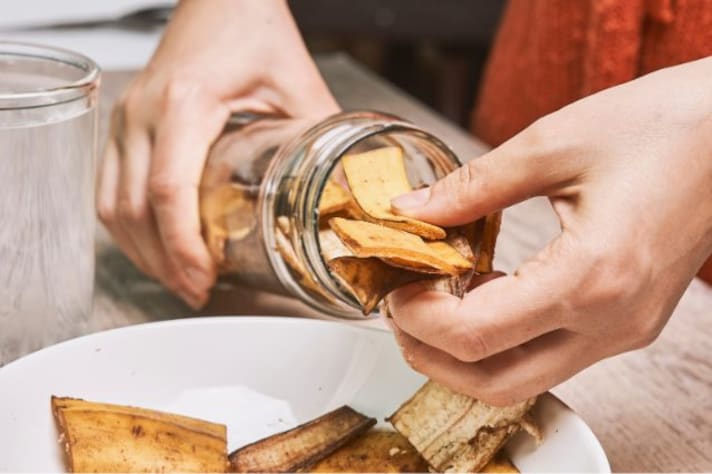How to Reutilize Banana Peels in Your Garden
Banana peels can be effectively reutilized in gardens by chopping them into soil as natural fertilizer, soaking them in water for nutrient-rich plant hydration, and using them as a pest deterrent. These methods harness the peels' rich nutrient content and natural compounds, offering eco-friendly solutions for garden health and maintenance.

Banana peels, commonly thrown away as kitchen scraps, are a goldmine for gardeners. Both ripe and overripe peels can play a significant role in enhancing garden health. Rich in nutrients, they can enrich soil, provide a unique way to water plants, and even act as a natural deterrent against pests. This article explores versatile methods to turn banana peels into valuable gardening assets.
Fertilizing Soil with Banana Peels
Banana peels are a powerhouse of nutrients, particularly potassium, phosphorus, and calcium, essential for plant growth. These elements promote healthy root development and flowering. To use them as fertilizer, simply chop the peels into small pieces and bury them a few inches deep in the soil. Alternatively, banana peels can be added to your compost pile. As they decompose, they enrich the compost with nutrients, which in turn can be used to nourish your garden soil.
Watering Plants with Banana Peel Infusions
An innovative way to provide additional nutrients to your plants is through banana peel infusions. Soak peels in a jar of water for a few days, allowing the nutrients to leach out into the water. This banana-infused water can then be used to water your plants, offering them a mineral-rich hydration. It's especially beneficial for potted plants and can be used once a week as a natural plant food supplement.

Using Banana Peels to Deter Bugs and Insects
Beyond nourishment, banana peels can help in pest control. The natural compounds in the peels, particularly the scent and oils, are unappealing to certain bugs and insects. Placing banana peels in the garden soil or at the base of plants can help keep aphids and similar pests at bay. Additionally, a homemade pest spray can be created by blending banana peels with water, creating a natural, non-toxic deterrent.
;Resize,width=767;)



